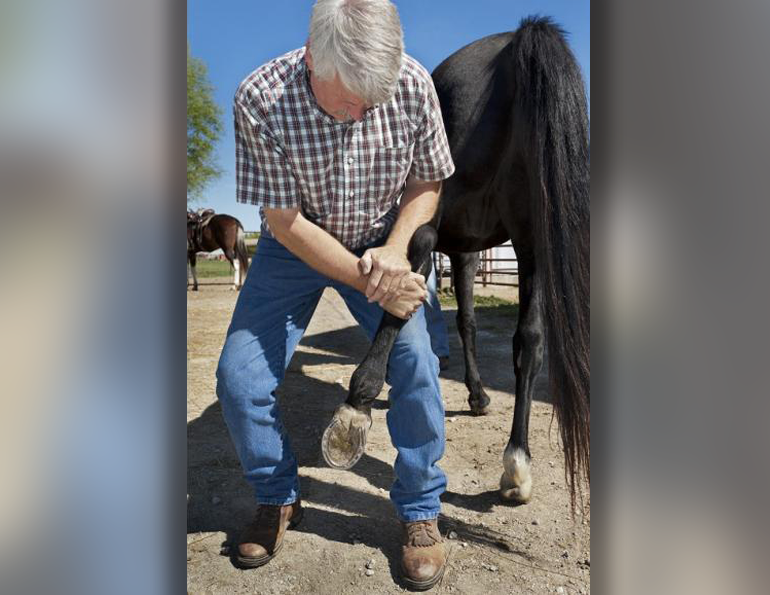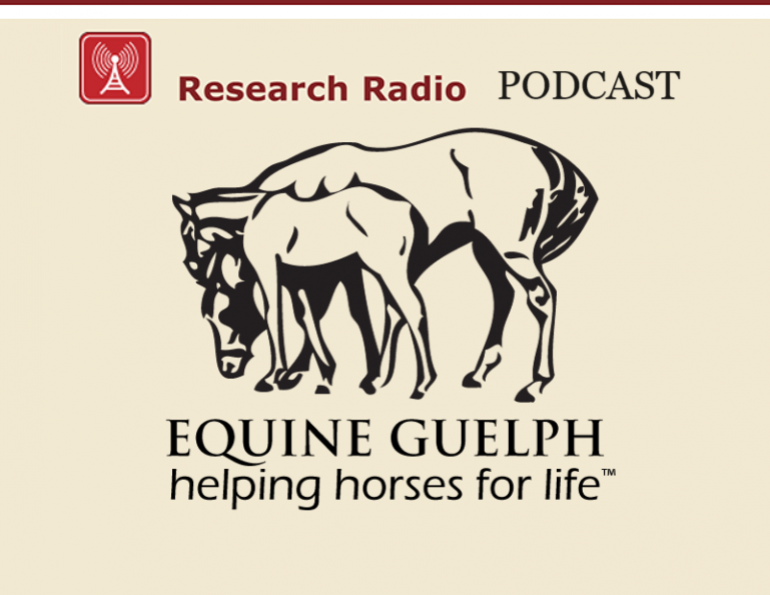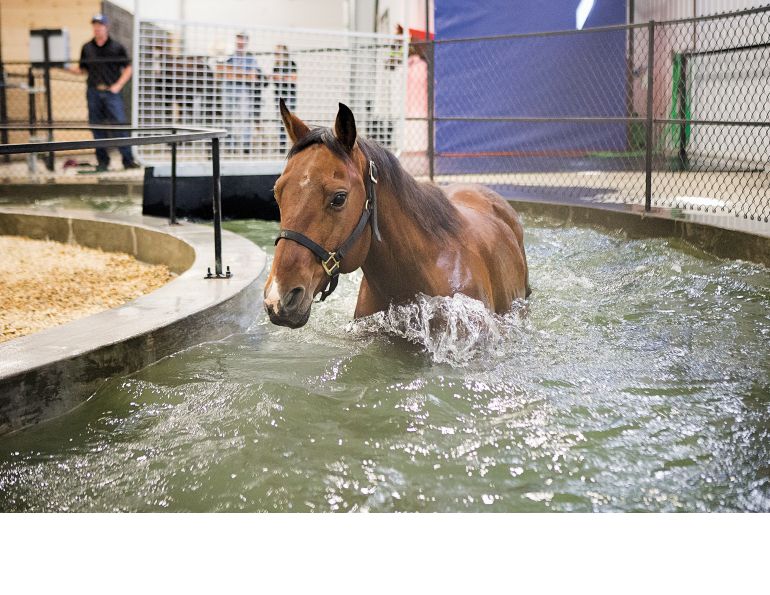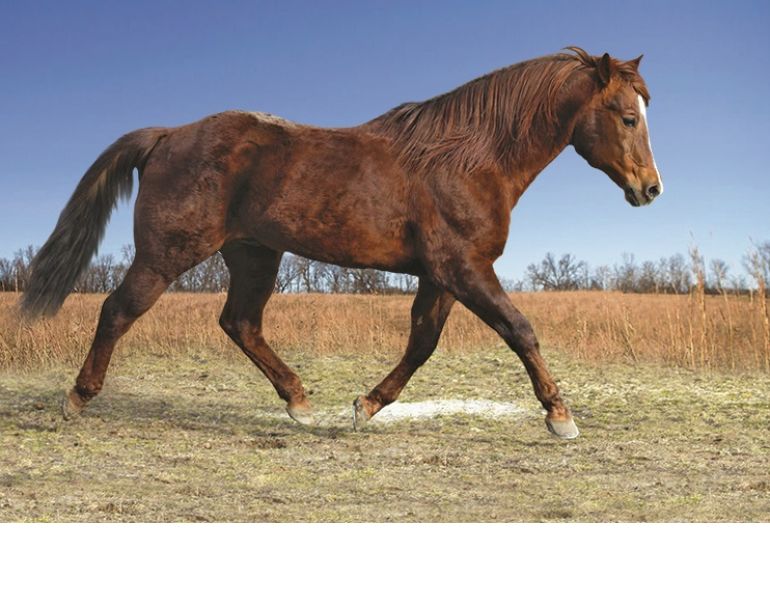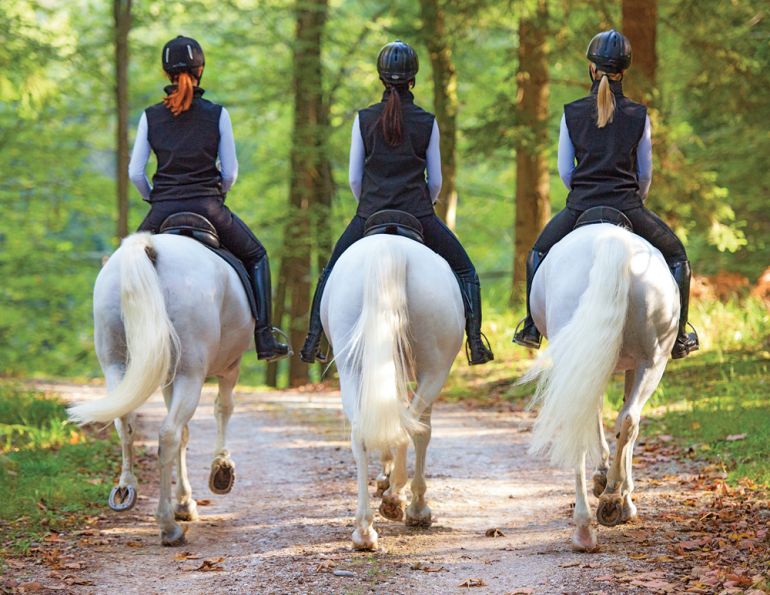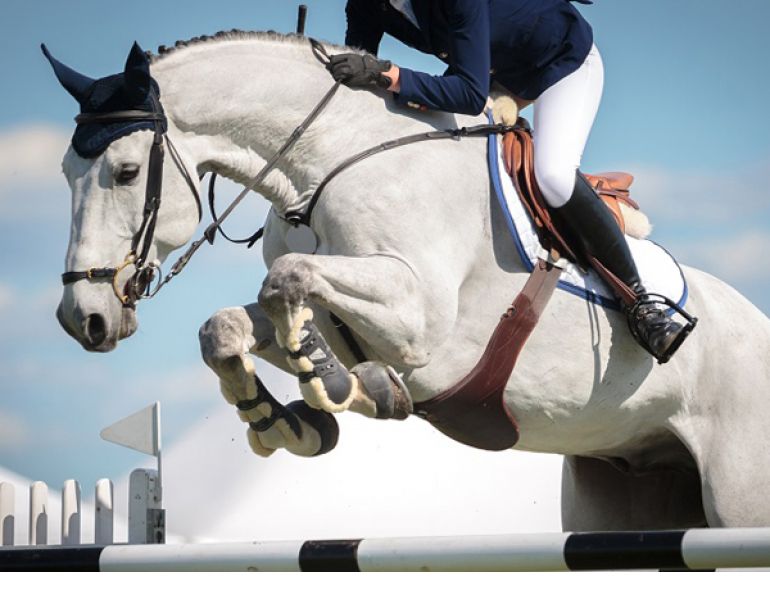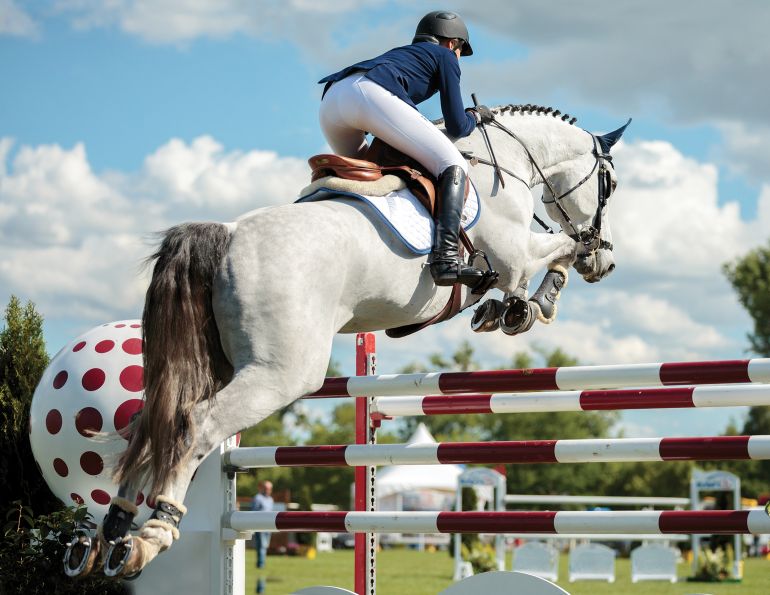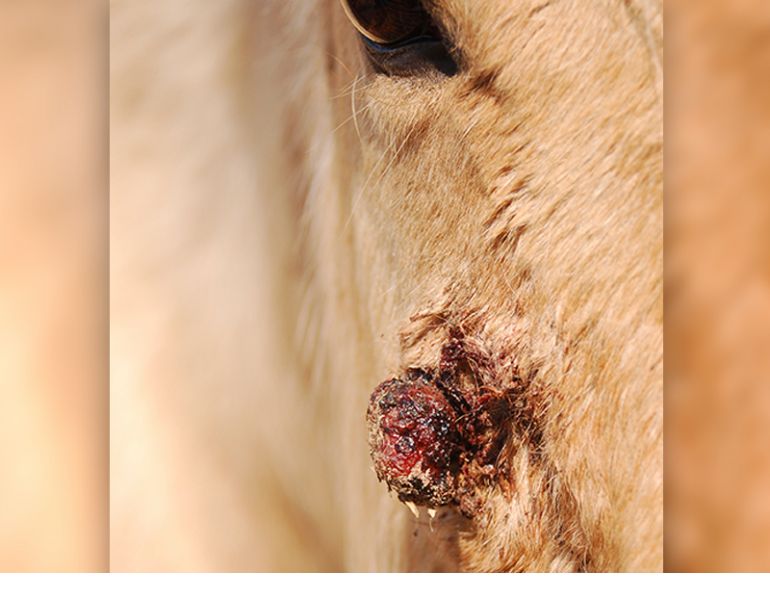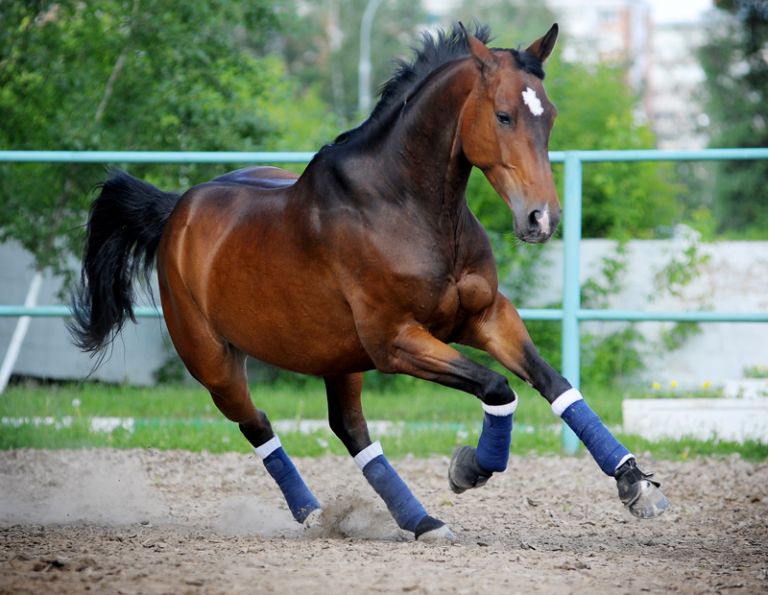Should you consider it for your horse?
Source: UC Davis Center for Equine Health
Chiropractic is a manual (applying hands to the body) therapy concerned with the diagnosis, treatment, and prevention of disorders of the musculoskeletal system, and the effects of these disorders on the nervous system in general health. Chiropractic treatment consists of controlled force applied to a specific anatomic region, often along the spine, to cause a therapeutic response. The goal of chiropractic is to ensure smooth, coordinated movement of all spinal segments to optimize spinal joint neuromuscular function.
When a chiropractor examines a patient, he/she is looking to identify joints with a reduced range of motion. Many people are familiar with the concept of the “bone being out of place” and it is very common for people to have heard of specific joints being “out.” However, that terminology should be avoided, as it gives an inaccurate picture of what is actually occurring. As opposed to the joint actually being “out of place,” the joint is instead restricted in its normal range of motion. These “restricted” joints are corrected with a chiropractic adjustment. The goal of any adjustment is to restore the optimal range of motion to that joint, which will subsequently alleviate inflammation in and pressure on surrounding nerves and soft tissue. The inflammation, similar to static on a telephone line, makes it difficult for nerves to transmit their messages accurately. Considering that nerves coupled with the brain and spinal cord (the central nervous system) control everything in the body, improving their ability to communicate well enhances overall health. This is particularly important in the spine, and chiropractic is therefore sometimes referred to as “spinal manipulative therapy.”
What to expect during a chiropractic appointment
During the exam, the doctor will carefully palpate your horse’s joints and check their range of motion, which is commonly referred to as “motion palpation.” Particular attention is given to each joint in the spine, but limbs are also evaluated. When a restricted joint is identified, it is corrected by an adjustment, which is a very specific and gentle thrust into the joint. After the adjustment, the joint is palpated again to be certain that it is moving more freely. The adjustments usually look like quick little pushes on the animal. In order to be at the correct angle to the spine and to be high enough above the horse, the doctor will stand on a block. Most animals are relaxed during their appointment. Sedation is not required and is often undesirable, since it will interfere with the ability of the nervous system to respond to the treatment. Most adjustments in horses take between 15 and 30 minutes.
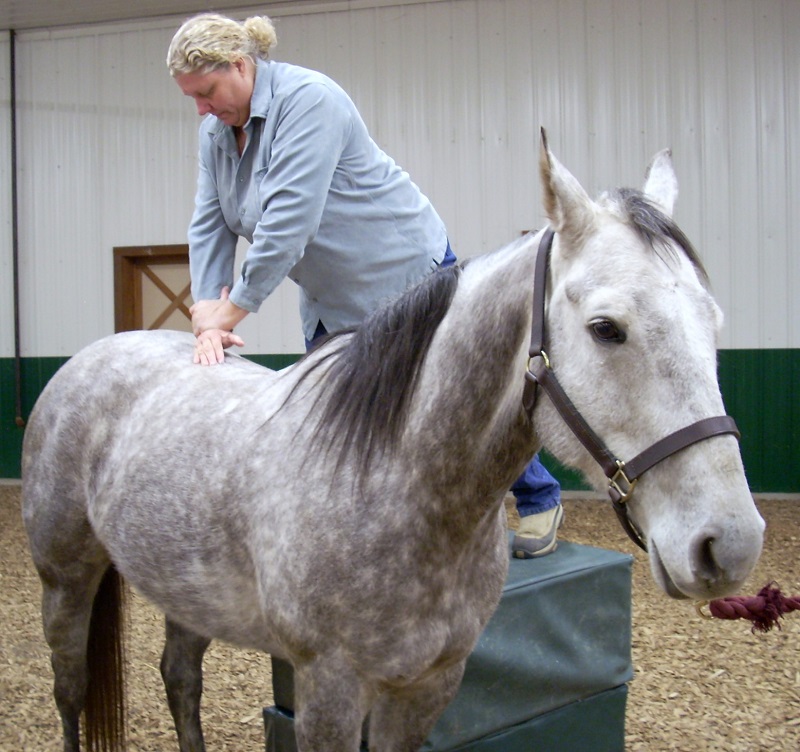
Photo: Dr Dennis Eschbach/Wikipedia
Acupuncture and chiropractic treatment complement traditional lameness evaluation
Acupuncture and chiropractic (AP/C) evaluation and treatment are not a substitute for a thorough lameness diagnostic evaluation, because many horses have musculoskeletal issues that are identified and managed with traditional approaches. Most practicing equine veterinarians have not been educated or trained in procedures to perform a thorough functional biomechanical evaluation of the equine spinal column and joints. Consequently, horses with lameness issues not diagnosed readily using traditional methods, or with suspected concurrent neck or back pain, are good candidates for referral for AP/C evaluation. Veterinary chiropractic and acupuncture treatments are not meant to replace traditional veterinary medicine, and instead work best when integrated with traditional approaches.
Common symptoms of horses presenting for acupuncture and chiropractic treatment include the following:
- Poor performance
- Lameness or stiffness
- Back, neck, or tail pain
- Abnormal posture, or changes in posture or topline
- Discomfort when saddled (cinchy, girthy)
- Difficulty bending to one side
- Reluctance to pick up a lead, inability to maintain a lead, and cross-cantering
- Traveling with a “hollow topline” (head and neck elevated and with a back hollow)
- Hesitating to do things they normally do, such as picking up feet, stepping down out of a trailer, turning in either direction, and jumping
- Difficulty engaging the hindquarters or traveling in a long-and-low frame
- Holding the tail abnormally
- Head tilt, or difficulty chewing
- Uneven muscle development
- Uneven pelvis or hips
- Difficulty flexing at the poll, or pulling on one rein
- Difficulty getting up and lying down
- Muscle atrophy
- Changes in behaviour or attitude
Printed with the kind permission of the UC Davis Center for Equine Health. The UC Davis Center for Equine Health is dedicated to advancing the health, welfare, performance and veterinary care of horses through research, education and public service. https://ceh.vetmed.ucdavis.edu/ Main
This article was originally published in the Autumn 2020 issue of Canadian Horse Journal.
Main Photo: A chiropractor checks joint alignment on an equine patient. Horses with lameness issues not diagnosed using traditional methods are good candidates for chiropractic evaluation. Credit: iStock/Medical Occupation



